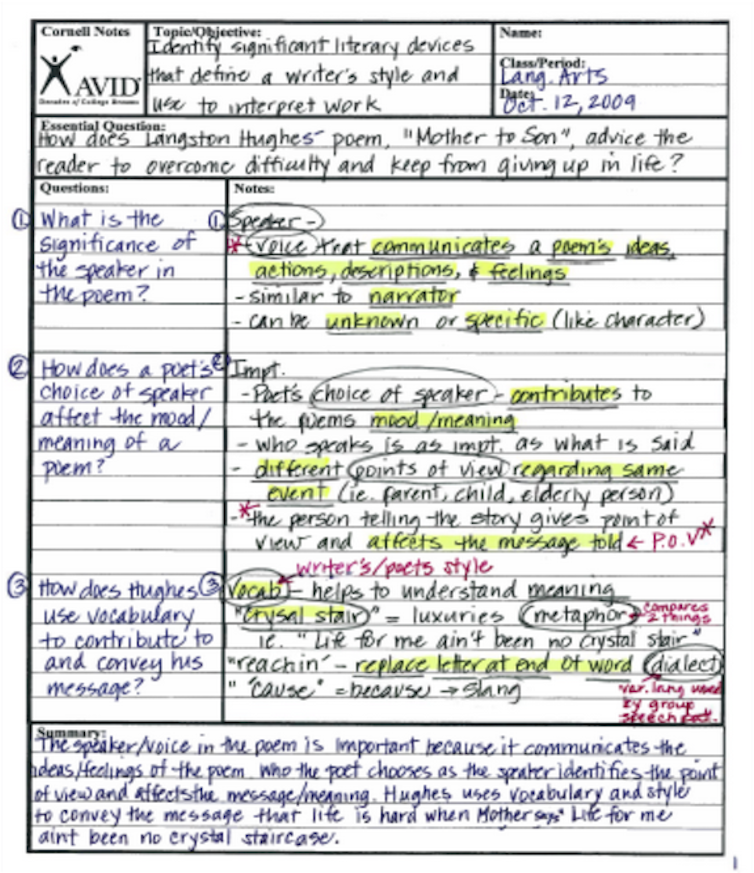Today’s blog post will highlight videos created by the Academic Skills Center that can guide you toward being the most productive student you can be.
This video covers how to prepare to read by picking the best time of day and place to read, how to improve your reading rate, and strategies to improve reading comprehension. (Tip: Skip to 1:00 for the informational part of the video).
This video covers how to get the most out of your lectures. If you actively learn in class and review immediately after class, you’ll have better mastery of the material and will save time studying outside of class!
Improving Memory and Retention
This video emphasizes the importance of review. Review can increase your productivity because spending small chunks of time consistently reviewing will consolidate your memory of a topic. This will prevent cramming, so you won’t have to sit down for hours and hours to study the day before an exam.
The ultimate productivity tool is time management. This video will give you tips on how to best utilize your term calendar and your weekly schedule. The video explains how planners allow you to find your free time, and how you can maximize your productivity in short breaks. Lastly, the video covers goal-setting. It is always easier to find the will to be productive when you know what you’re working toward!
This video is less tip-oriented than the rest, but it acknowledges that sleep improves memory retention. If you better absorb the material, you’ll spend less time rereading and learning material because you’ll have better focus while you study! Long story short, please take care of yourself because it will pay off in the long-run!
This video covers strategies to do well in general chemistry. However, you can take these strategies and apply them to most classes, especially ones with labs.
This student-made video offers tips on how to maximize your language learning experience at Dartmouth! It has great, Dartmouth-specific tips for mastering language (however, it’s worth noting that the Tutor Clearinghouse has discontinued the Conversation Partner program).
As an added bonus to watching these productivity-inspiring videos, you’ll get to see the old fashion and hairstyles of Dartmouth students, way back in the day! Happy watching!





